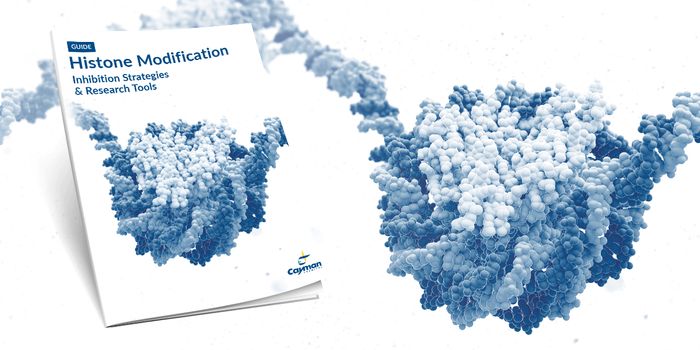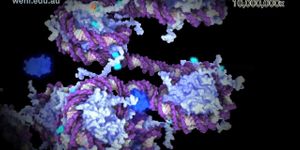Bioengineered Microbes That are Cellular Speedometers
Researchers at Princeton have found that a type of bacterial cell can detect how fast movement is happening around them; they can sense the speed of flow. Those bacteria, Pseudomonas aeruginosa, are pathogens that are found virtually everywhere. They are often surrounded by moving liquids, like a stream outdoors, or the human bloodstream. The Centers for Disease Control and Prevention considers them a threat; they cause around 50,000 infections in people every year. In this work, reported in Nature Microbiology, they bioengineered as a kind of cellular speedometer. The scientists are hopeful that this work will provide new insight into how microbes benefit from this understanding of their environment and spur new avenues of research.
“We have engineered bacteria to be speedometers,” said the senior author of the work, Zemer Gitai, Princeton’s Edwin Grant Conklin Professor of Biology. “There’s an application here: We can actually use these bacteria as flow sensors. If you wanted to know the speed of something in real time, we can tell you.”
“What we found is that not only do Pseudomonas encounter flow but that they actually can sense and respond to that flow, added Gitai. “That’s a big deal. If they’re in flow, they can change their ‘behavior,’ if you will, based on feeling they’re in flow.”
In this work, the researchers determined that the expression of some bacterial genes they called fro (for flow-regulated operon) can depend on how fast fluids are moving around the bacterium.
“Fro’s response is not just an on-off switch; it’s actually tuned to the speed,” said co-lead study author Joseph Sanfilippo, a postdoctoral research associate. “It’s more like a dimmer switch than a light switch.”
The researchers linked fro to a fluorescence gene so they could see when it was active. As the speed of flow got faster, the glow got brighter. They could visualize how Pseudomonas was responding to different speeds. “They turn out to perfectly coincide with the range of speeds of fluids that are known in the bloodstream and the urinary tract,” noted Gitai.
The scientists are hopeful that this work will open up new avenues of exploration in microbiology.
“Other researchers have found that different bacteria can respond to fluid flow, and they’ve effectively assumed that it was the force. We are launching a mini-field here,” said Gitai. “Thinking about how bacteria live in flow is a completely under-explored area. We’d love for people to look at this with other bacteria. And as we said, there’s been a huge assumption in mammalian studies that everything is force-dependent — we’d love for people to read our paper and then go back and revisit some of those assumptions and change the viscosity in their systems.”
Learn more about P. aueruginosa from the video.
Sources: AAAS/Eurekalert! via Princeton University, Nature Microbiology









